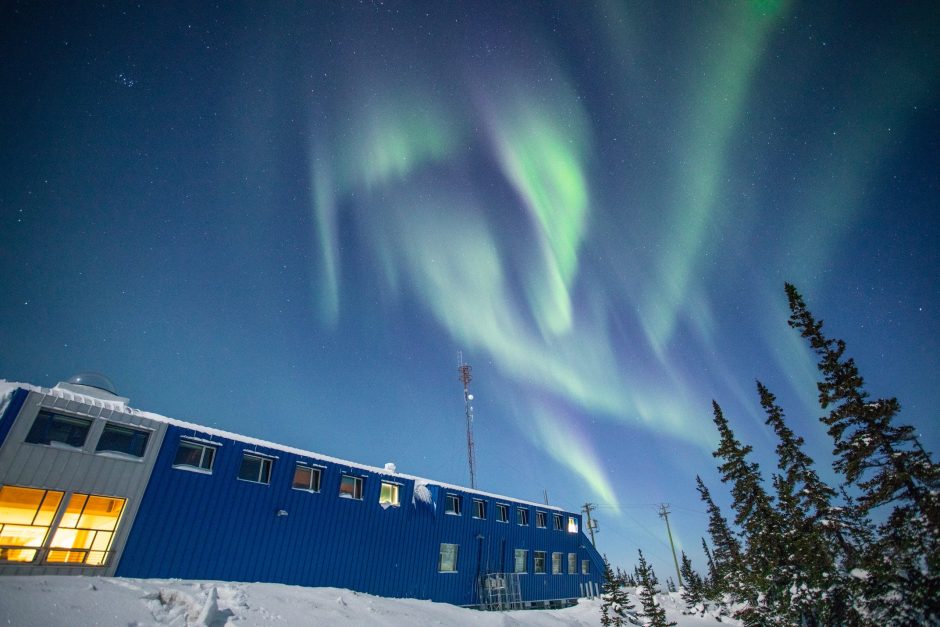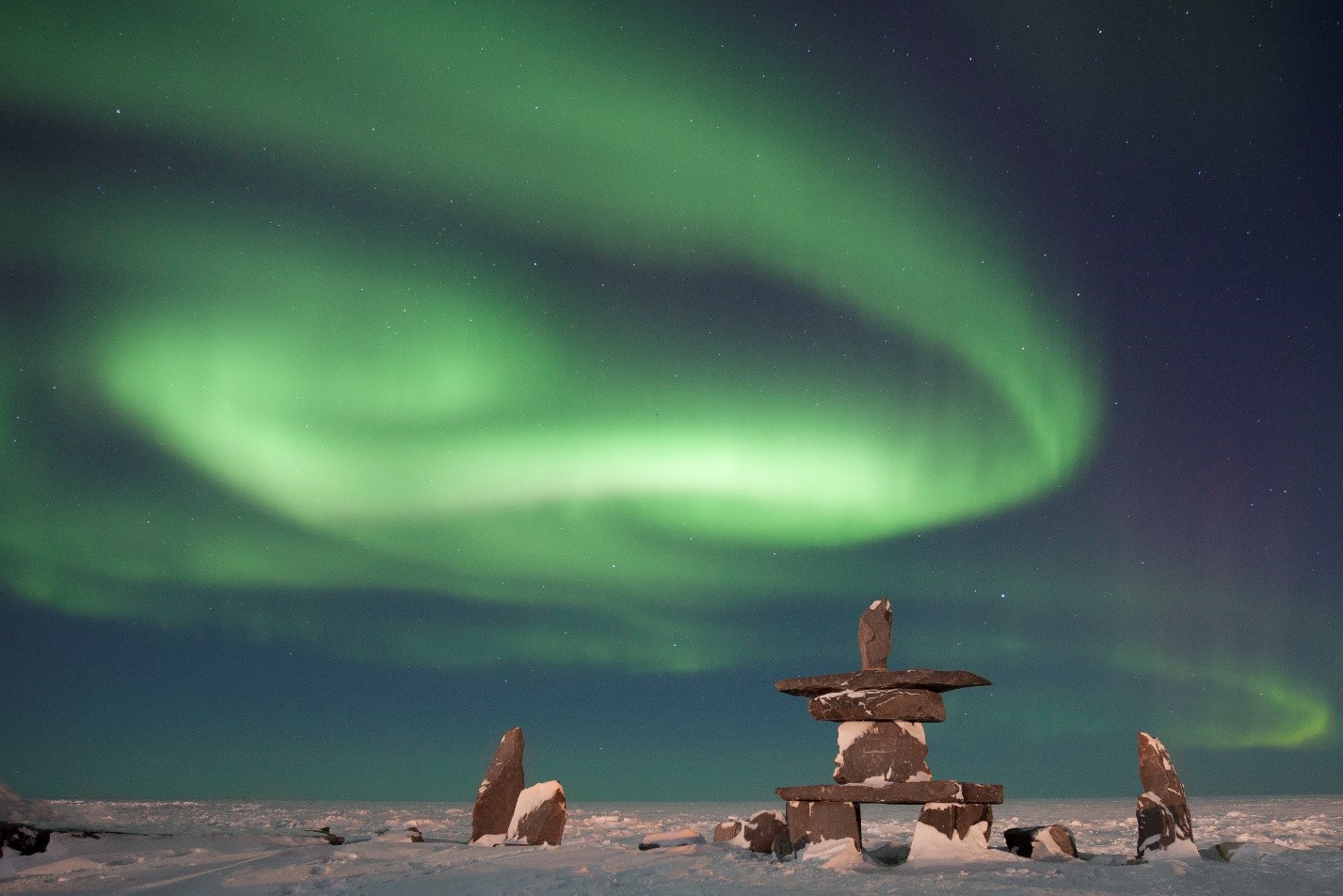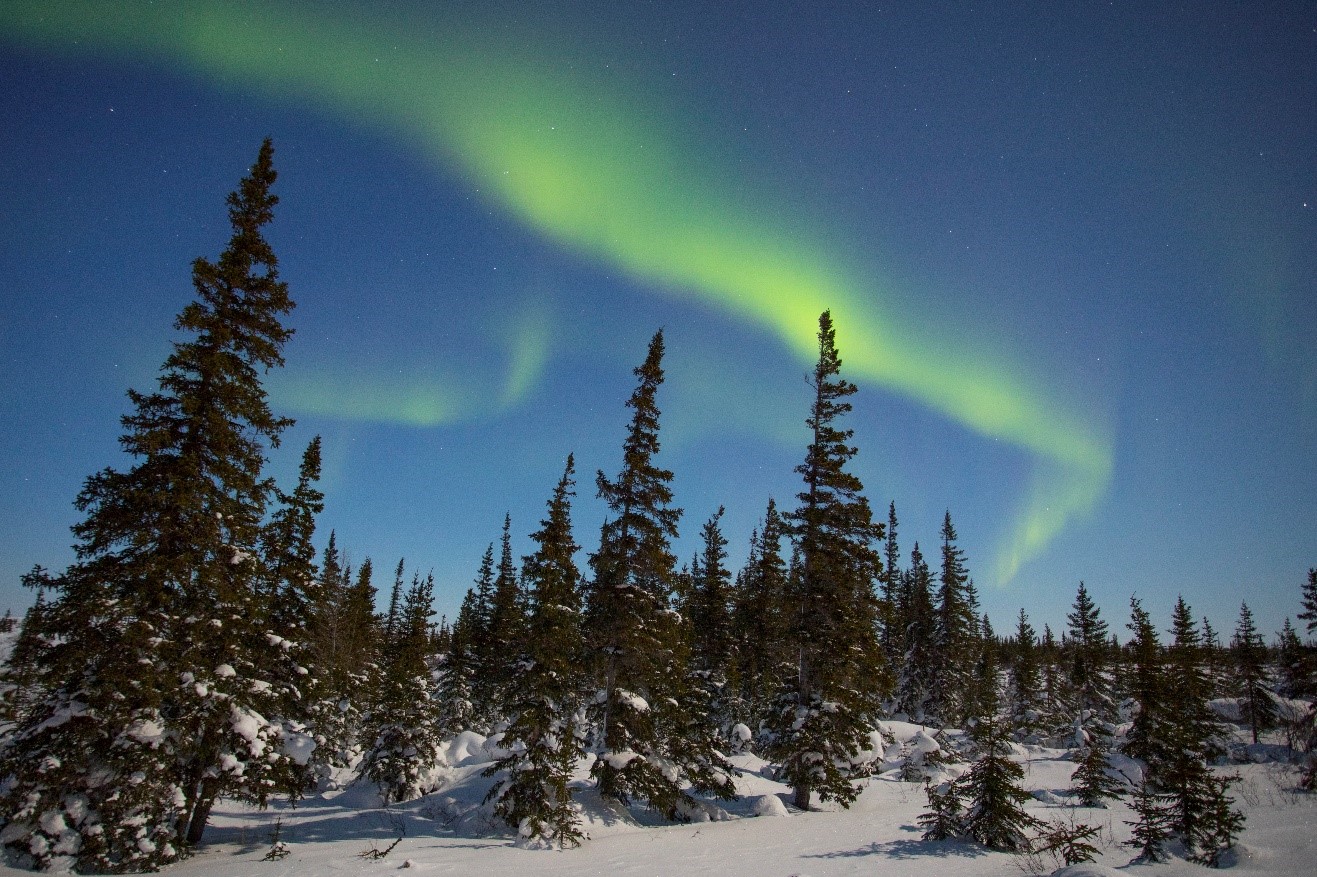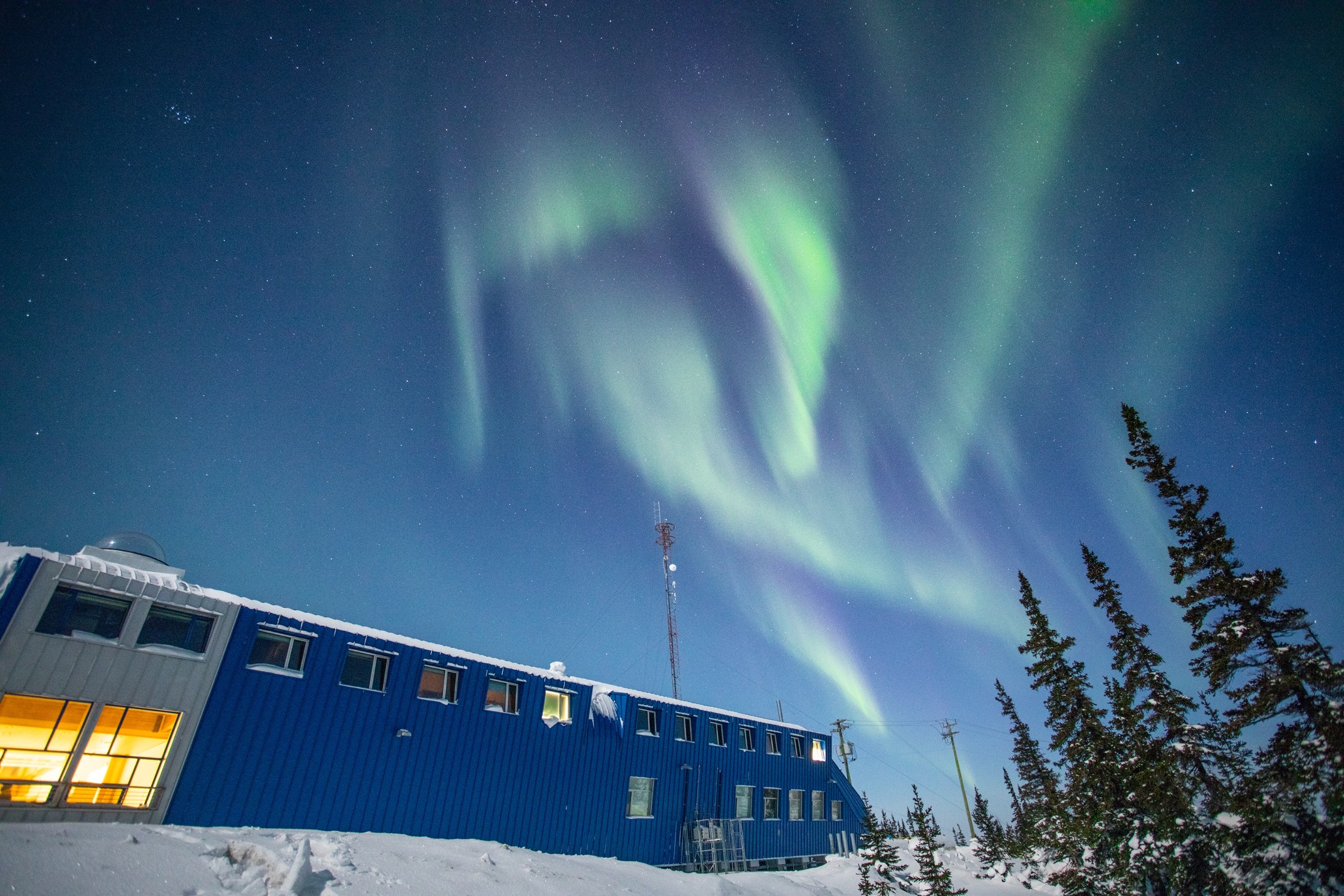
How to Pick your Foreground for Northern Lights Photography
Photographing “lady aurora” is thrilling beyond imagination. It’s probably one of the most rewarding types of landscape photography on the planet. However, just aiming at the sky and taking a long-exposure won’t cut it if you are looking for extraordinary northern lights photography.
A critical consideration for the best photography of aurora borealis is a great foreground element.
What makes it great could be from a variety of factors. Maybe it’s sensational on its own, and thus boosted from the shining northern lights above. Or perhaps it is a synergistic effect where the foreground by itself isn’t all that much, but when coupled with the aurora, it’s a perfect pairing.
Read on to learn about how to find and how to set up for amazing foreground elements in your northern lights photography.

Locating them is the first step
This one is obvious but so important. In order to feature compelling foreground elements in your photographs, you need to be in a place that has them.
I love Churchill, Manitoba for this very reason. Not only is it smack dab under the “aurora oval” – a zone of extraordinarily high aurora activity – but it features a variety of amazing foregrounds to choose from. You have the texture-heavy boreal forest next to the sweeping expanse of the arctic tundra with fascinating cultural elements like Inuit inukshuks, Metis tipis, and iconic northern buildings all around.
While the entire aurora oval is prime for aurora viewing, there are only so many arctic outposts that feature the strong and intriguing northern lights photography opportunities as Churchill.
Capturing the individual beauty
Here’s where things get interesting. The way you want to shoot each type of foreground element can be quite different. There are of course many similarities, but also key differences.
One of my favorite places to shoot in Churchill is very close to town…in fact it’s at the edge of town on the shore of Hudson Bay! The inukshuk is a beautiful stone structure from Inuit culture that stands proudly as a symbol of arctic and northern culture.
Not only is this structure stunning and spectacular, but it allows you to face north while composing and waiting for your photos. This is key, as the aurora often starts in the north and works its way south when you’re at Churchill’s latitude.

Because you want to feature as much of the sky is possible in your aurora photos, an ultra-wide angle lens is usually best. As a result you have the choice to either go for a standard composition where you place the inukshuk in the rule-of-thirds grid, or you can exaggerate composition by placing it very low in the frame, emphasizing the grandeur of the sky. With a large man-made object like this, both work quite well.
The boreal forest is a magical place on its own. But when you add the northern lights above it, you get some excellent context to the scene, not to mention a brilliant foreground element.

Oftentimes when I’m in the boreal forest and photographing the northern lights, like on Nat Hab’s Northern Lights Photo Adventures that I guide, I might look for a patch of trees that complements the shape and size of the aurora. Finding that perfect match isn’t necessarily easy to do, but if the aurora presents itself in a way that you can fit both the outline of the trees with the vibe of the aurora, it’s a nice, synergistic look.
People as foreground
Usually I am a big fan of using people as foreground elements. In most cases, they provide a fantastic context that is familiar to the viewer and provides that “picture yourself here” vibe. I love that with travel photography.
However, keep in mind that for northern lights photos, you will be shooting at very slow shutter speeds. Thus, it’s nearly impossible to get photos with people in them without it being somewhat rehearsed and staged. This is because if you take a candid shot, most likely there will be some movement in the 10-20 seconds that you have your shutter open, resulting in the below. This isn’t necessarily a bad shot, but it’s not what we’re going for due to the motion blur.

The type and quality of light
Whether or not your foreground is illuminated can make a big difference. There is not a clear best choice here, as both have their merits. In most cases we’re talking about artificial lighting. The easiest choice is some subtle illumination from, say, the inside of a building.

But be careful with these types of opportunities, as the long exposures sometimes result in blown out highlights, where the window illumination is just too strong for the otherwise dimly lit photo. You also need to be quite cognizant of your white balance, as you may get an overly yellow hue from building lighting, like the above photo.
I often get the question of whether the moon phase plays a major role in northern lights photography. Yes indeed, it can. On one hand, people usually gravitate toward the new moon phase, when the sky is as dark as it can be.
However, a key benefit of a full moon phase is that it provides that soft, natural lighting we photographers strive for. There is just no better foreground-illuminating light source than a distant moon-glow.

Finally, perhaps the best type of lighting is a culturally significant foreground structure that is able to be illuminated from within. Churchill has a couple of these opportunities that make photographers drool.
Namely, these are traditional Metis tipis, as well as Inuit igloos.

While the Metis tipi can be lit via a small fire ring inside (with a cozy seating area to reside in between shooting), the igloo must be lit by a candle. While you wouldn’t think a single candle can do much, it often provides just enough light to get that soft glow without being too bright or overshadowing the lights.

As you can see, foreground elements can be a surprisingly important (and beautiful) component to your northern lights photography! Obviously the lights themselves are the stars of the show, but the additional and aesthetic dimension the foreground provides really can’t be overstated.
If you are headed to photograph the aurora borealis, no matter where in the world you’re headed, keep in mind that your foreground elements are ultra-important, but also very flexible…nearly anything can be a stunning foreground element that provides some intrigue and context to your northern lights photos.
Go forward and give it a shot!

Court
Leave a reply